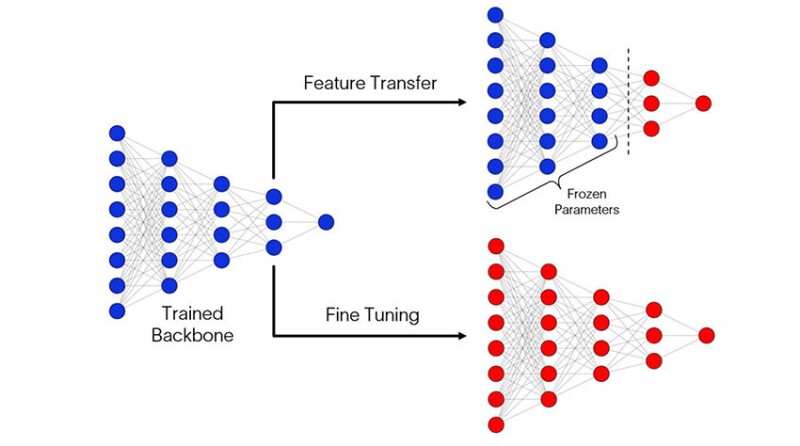The growth of machine learning (ML) approaches has sparked innovations in many applications including hydraulic fracturing design. The crucial drawback in these models is the subjectivity and expertise of the design engineers. In this study, the authors conduct a transfer-learning validation with another robust real-field data set by focusing on predicting different fracture-design parameters by investigating the advantages of transfer learning using a pretrained backbone with physics-based data and tailoring it toward real-field data. Results from this study showed the advantages of using the transfer-learning approach.
Introduction
By integrating physical laws and constraints, especially in complex, multiphysics systems, ML models can be enhanced with hybrid solutions.


